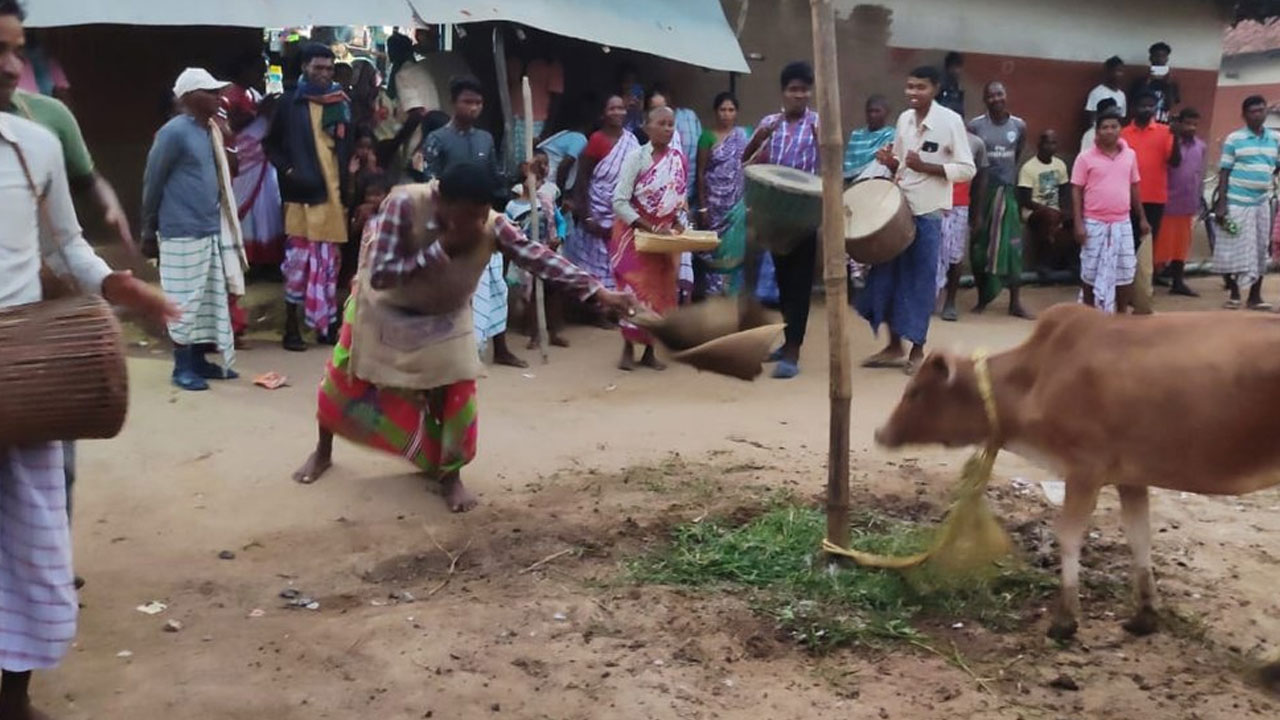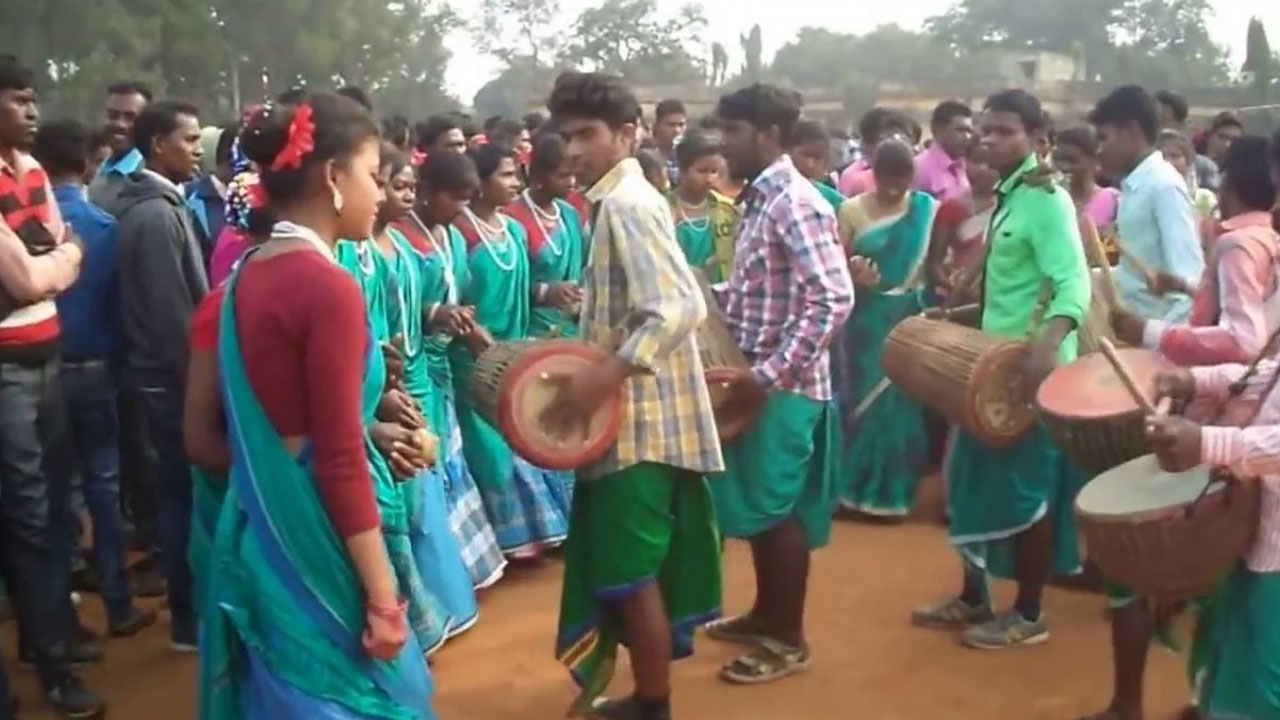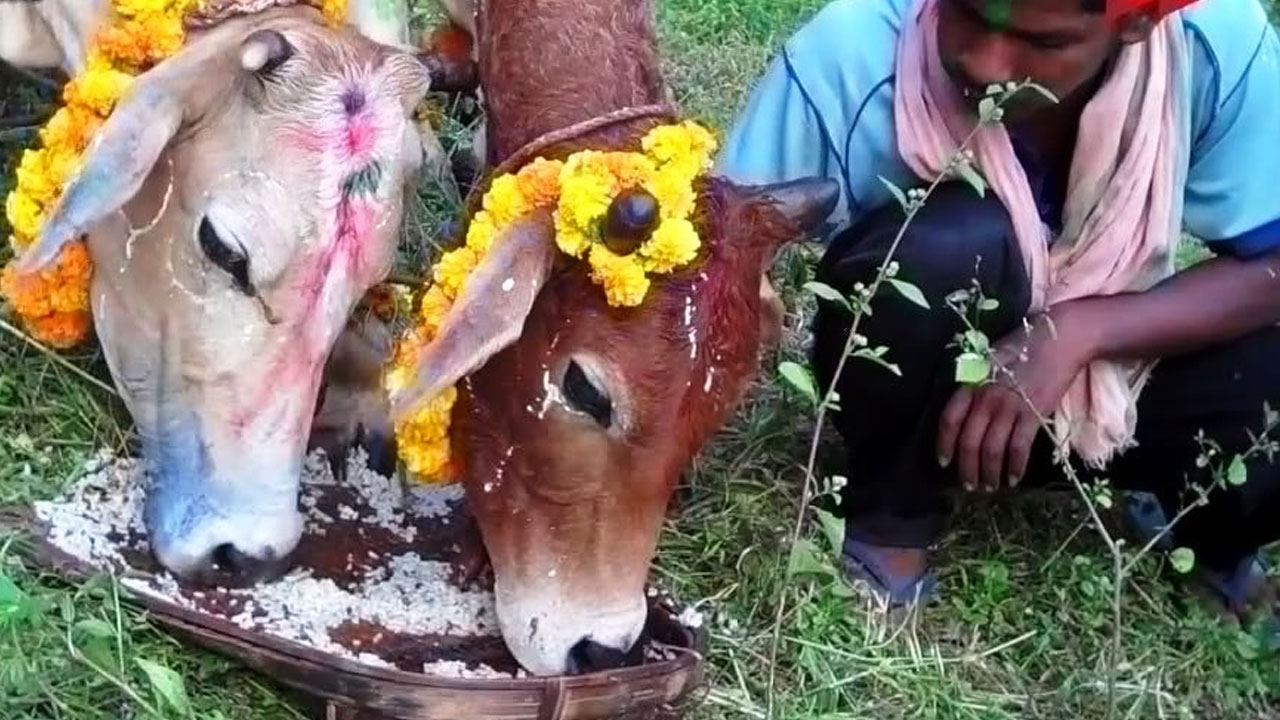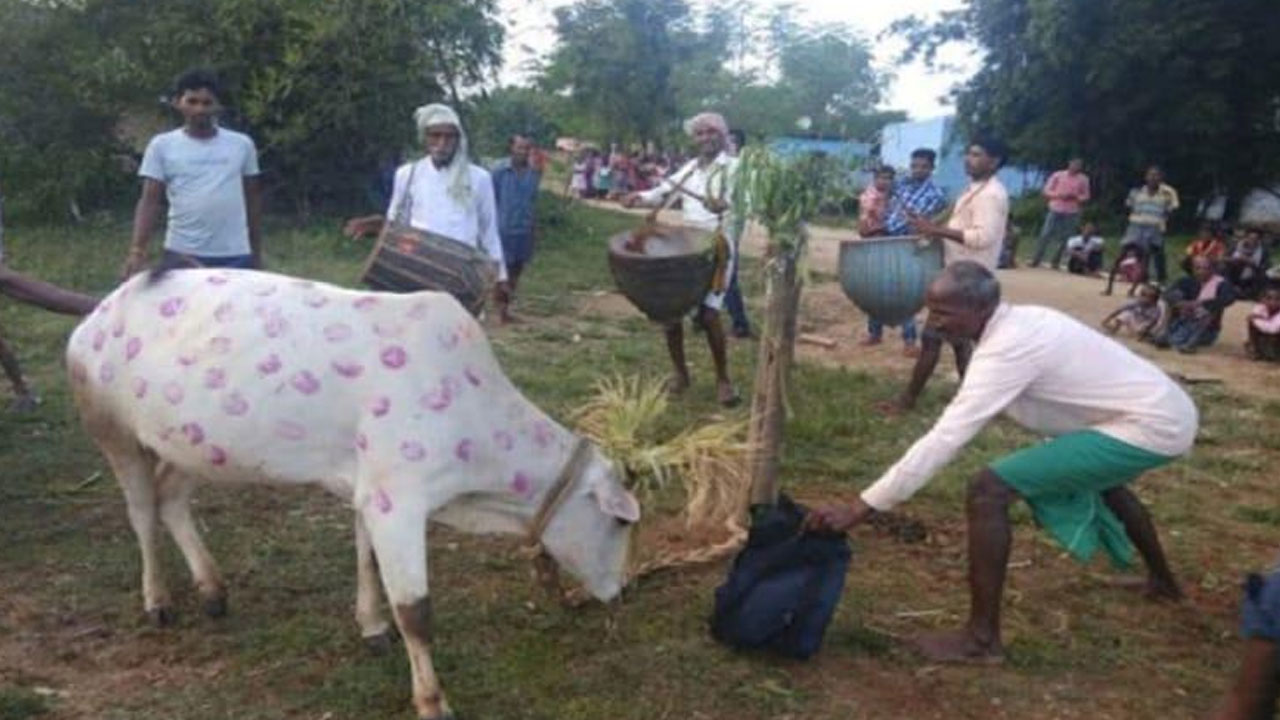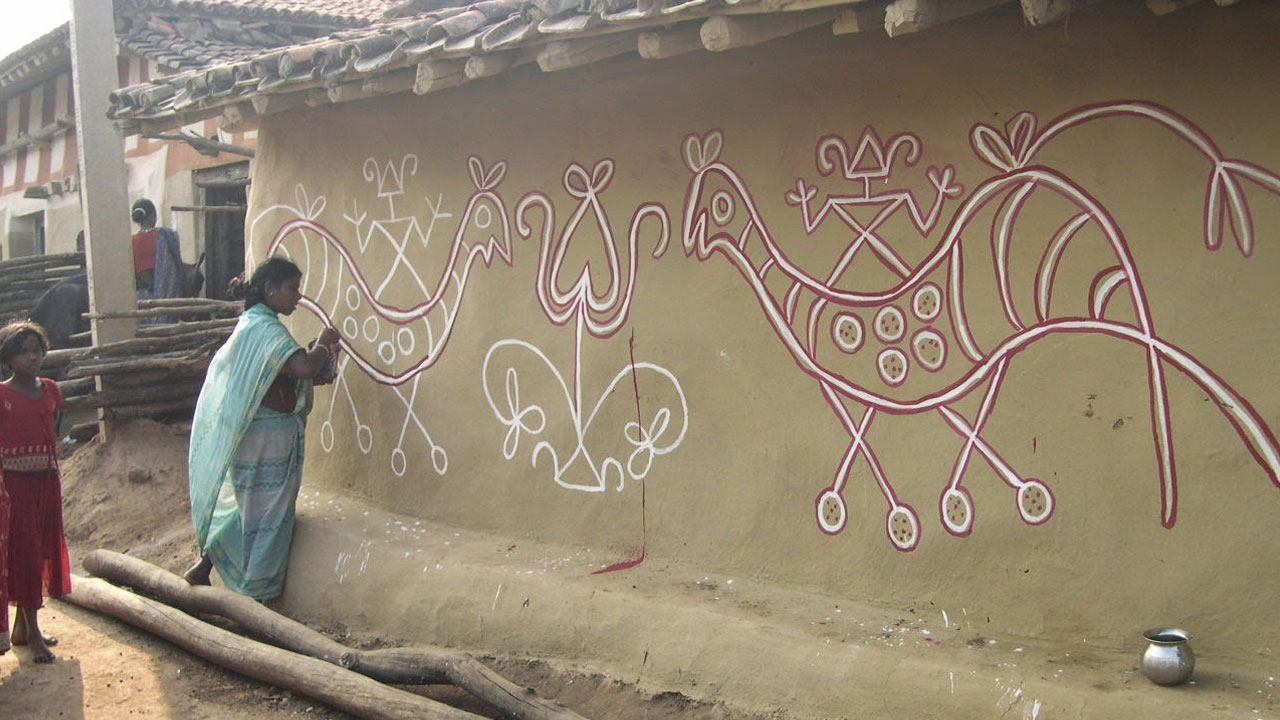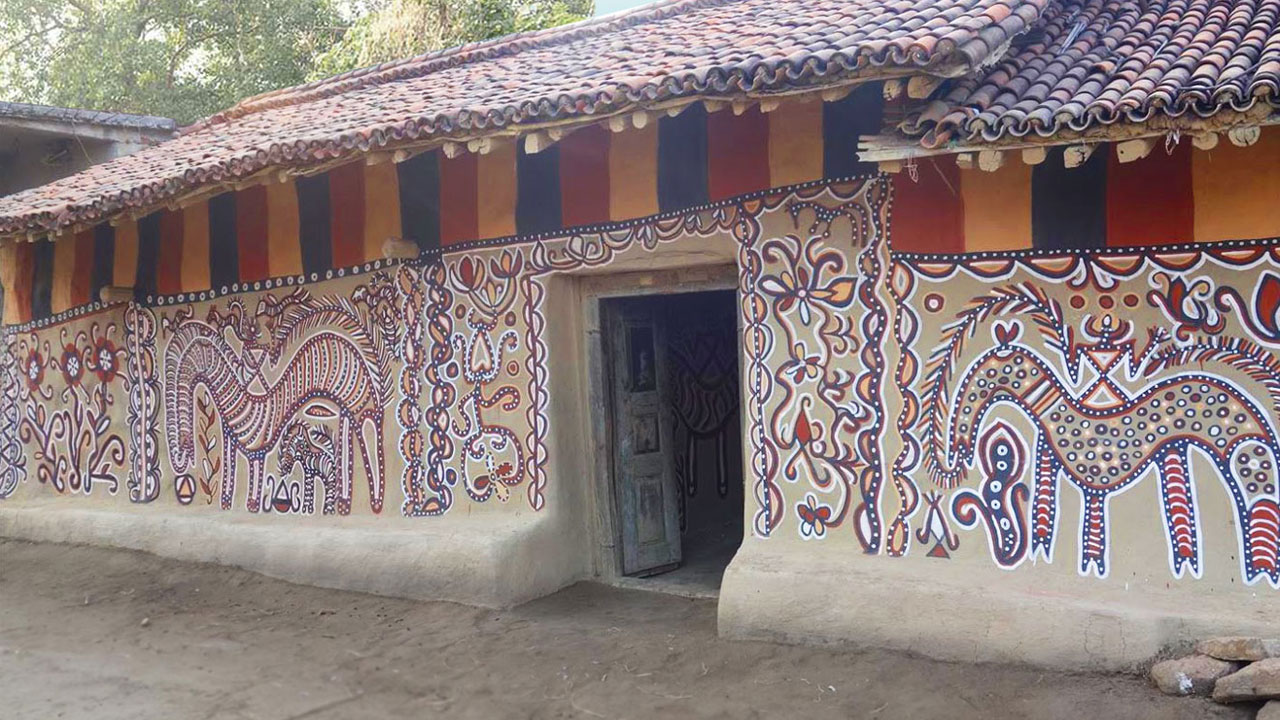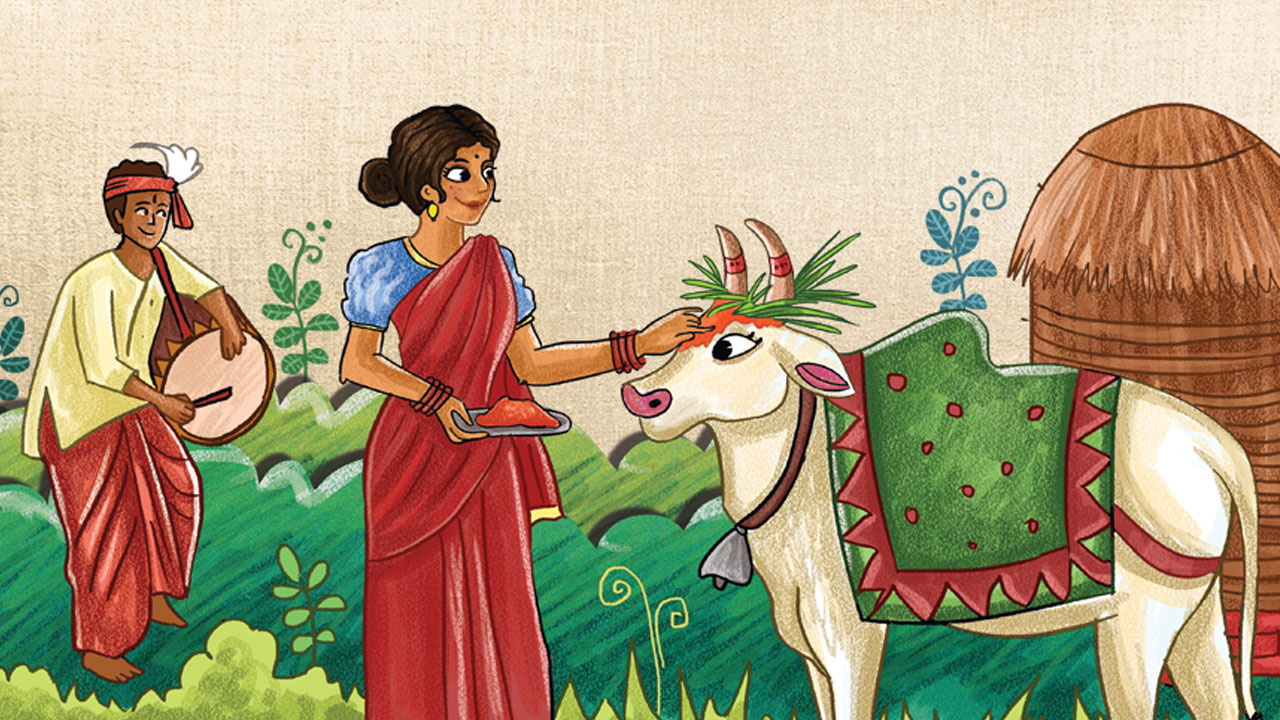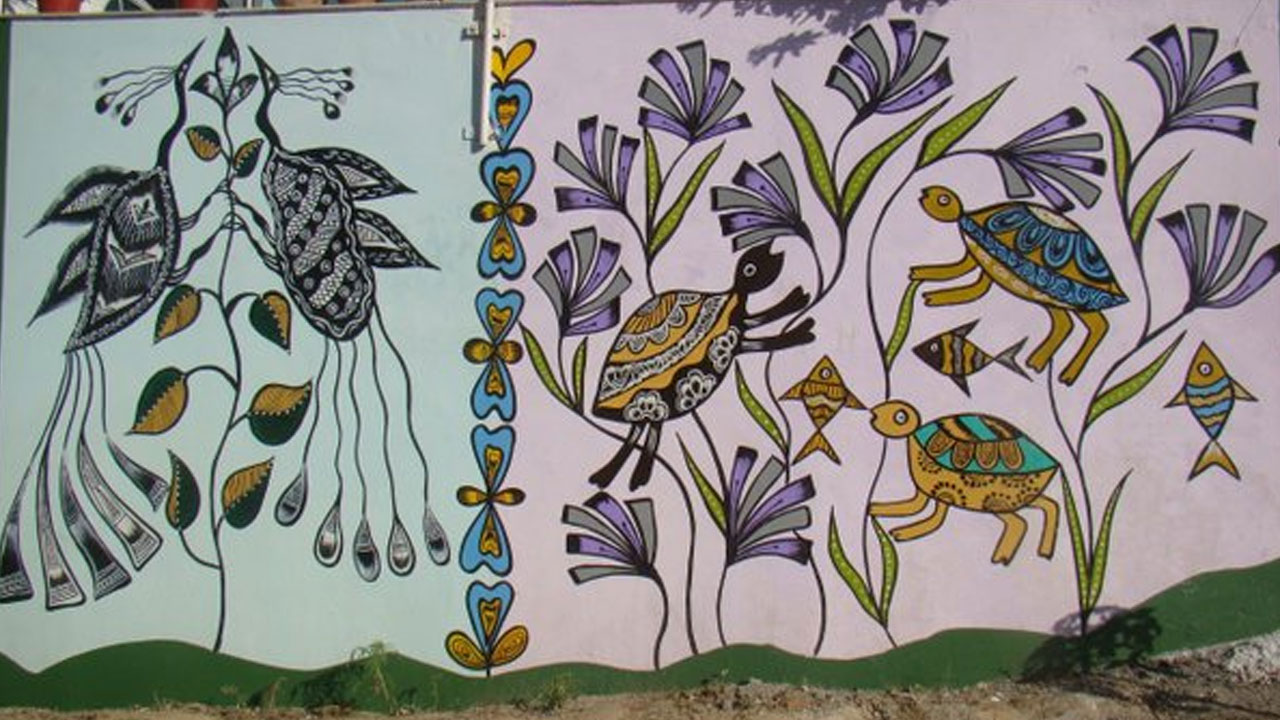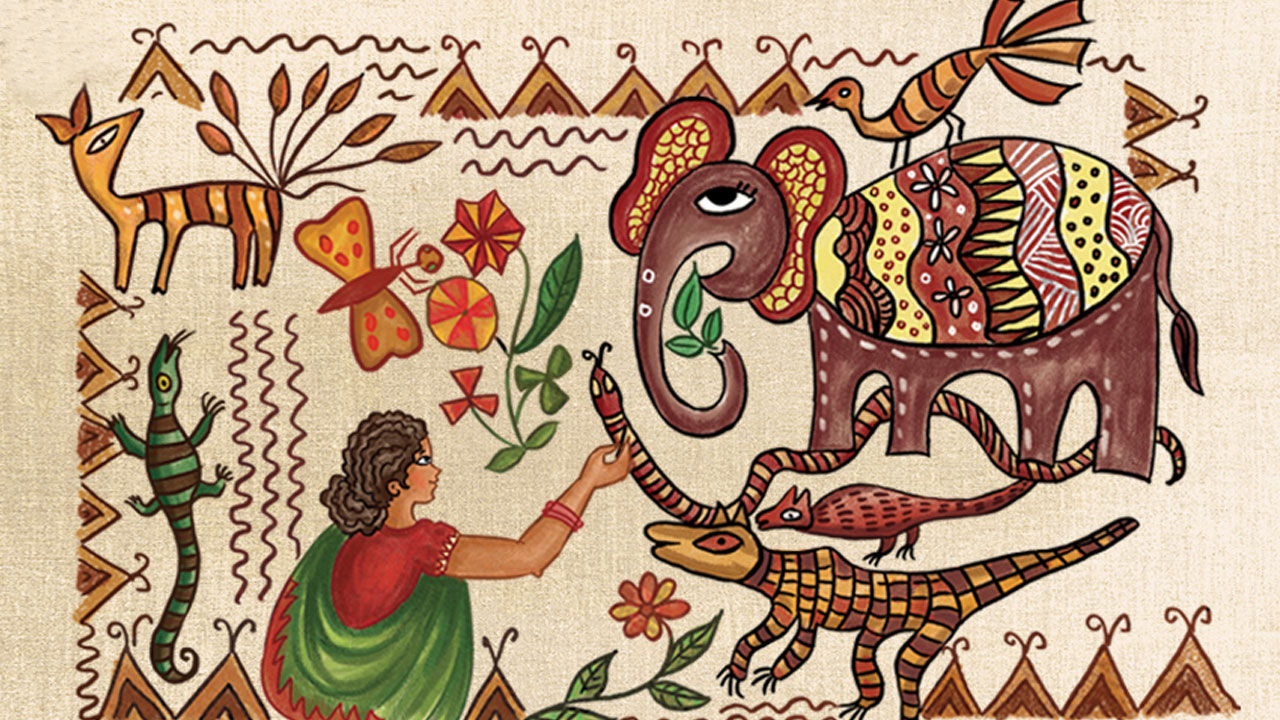Sohrai Festival
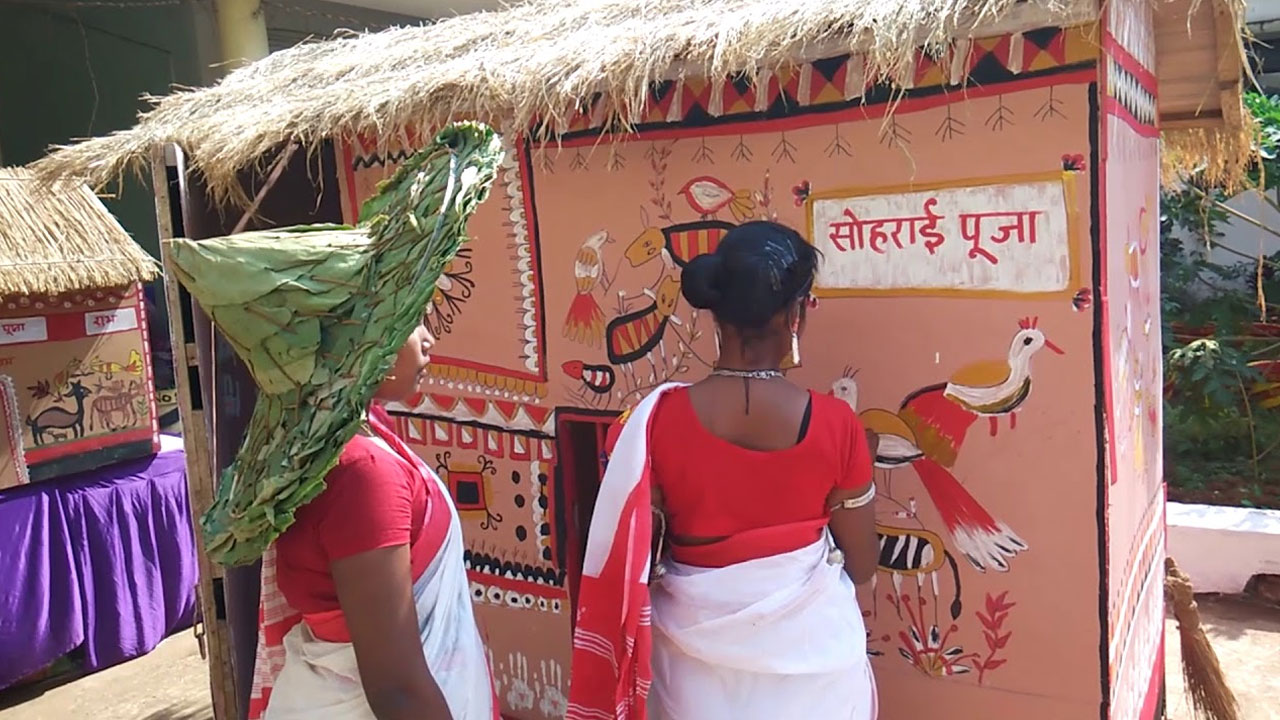
Sohrai is a harvest festival in the Indian states of Jharkhand, West Bengal, Chhattisgarh, Odisha, and Bihar. It's also known as the Cattle Festival. It is celebrated after the harvest and coincides with Diwali's Govardhan Puja. In Santal Parganas, it is commemorated in January. It is celebrated by Bhumij, Sadan, Oraons, Ho, Munda, and Santal, among others.
Sohrai Festival is celebrated on Amavasya in the Hindu month of Kartik, which falls between October and November. Santal Parganas celebrates it from January 10th to 15th. During this occasion, individuals fast, paint their homes, and prepare meals. At night, they lit earthen lights in cattle stalls and gave sacrifices to the animal deity Gaurea, also known as Pasupati.
Sohrai is a harvest festival celebrated after the harvest. The celebration is held on Amavasya (the new moon) in the Hindu month of Kartik (October-November). The feast is held in praise of cattle, particularly bullocks, buffaloes, goats, and sheep. On this day, people fast all day, and earthen lamps are burned in homes, livestock sheds, kitchens, and gardens. On festival day, the animals are bathed, and their horns and foreheads are anointed with vermillion dissolved in oils. They are provided with special rice and veggie dishes. In the evening, a black chicken and Tapan (fermented rice drink) sacrifice is made to the deity Gaurea (the Spirit of the Cowshed). Then the chicken meat is consumed with bread and Tapan. Sohrai is a day to show appreciation and affection for livestock. The harvest festival is the time of year when they demonstrate their artistic abilities and expressions. Every year, following the festival, the designs and patterns formed are removed. This celebration is usually held over three days in October or November. The festival coincides with Diwali. Santals from Santal Parganas celebrate in January.
Sohrai Arts
The women practise an indigenous art style. Ritualistic art is created on mud walls to celebrate the harvest and the animals. The women clean their homes and decorate their walls with murals of Sohrai art. This art genre has existed since 10,000–4,000 BC. It was originally found in caverns but has since spread to dwellings with mud walls.
This Sohrai art form may be monochromatic or multicolored. People apply a layer of white mud to the wall, and while it is still wet, they draw on it with their fingers. Their designs include flowers, fruits, and other nature-inspired patterns. The cow manure that was formerly used to coat the walls of the house is now used to give color. The contrasting white mud coat that was previously applied makes the dark outline obvious. Sohrai artists sketch spontaneously. There is little evidence of pre-planning. The canvases measure up to 12 by 18 ft.The designs are typically drawn from the artist's memories. The most influential factor is the artist's personal experience and relationship with nature.


